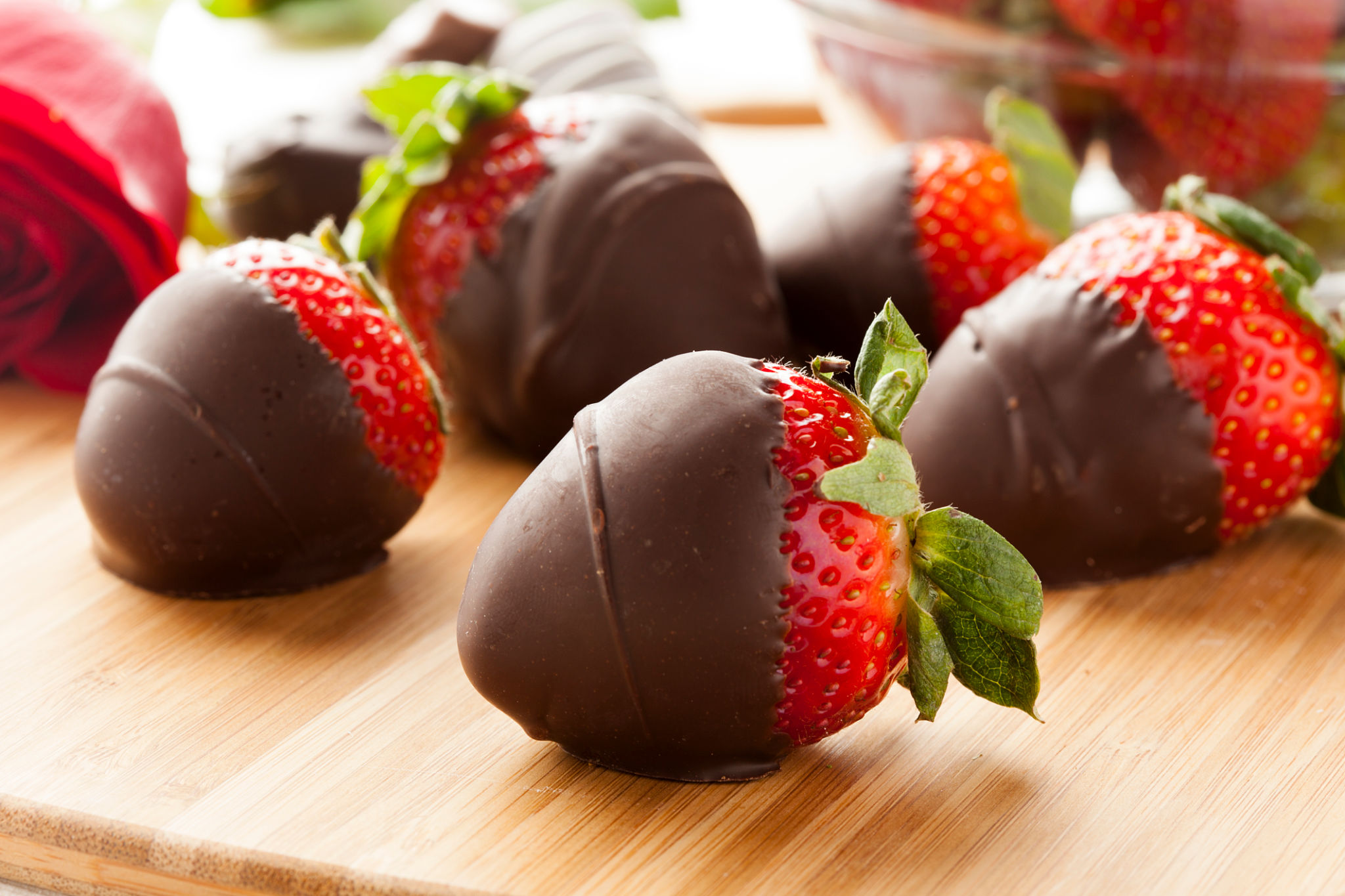The Art of Chocolate Pairing: Complementing Flavors with Premium Chocolate Bars
The Art of Chocolate Pairing
Chocolate is not just a simple treat; it is a complex and versatile ingredient that can be paired with a variety of flavors to create delightful culinary experiences. The art of chocolate pairing involves understanding how different taste profiles interact and complement each other. Whether you're a connoisseur or a casual chocolate lover, learning the nuances of pairing can elevate your appreciation for this beloved treat.

Understanding the Basics
The key to successful chocolate pairing lies in balancing flavors. Chocolate has rich notes that can be sweet, bitter, or even nutty, depending on its type and origin. When pairing, it's important to consider the intensity and character of both the chocolate and the accompanying flavor. A well-paired combination should enhance the attributes of each component rather than overpower them.
Pairing with Fruits
Fruits are a popular choice when pairing with chocolate. The natural acidity and sweetness of fruits can complement the deep flavors of chocolate beautifully. For instance, dark chocolate pairs well with berries like raspberries and strawberries due to their tartness, which contrasts nicely with the bitterness of the chocolate. On the other hand, milk chocolate's creaminess works well with tropical fruits like mango and banana.

Exploring Savory Combinations
While chocolate is often associated with sweetness, it can also be paired with savory elements for an unexpected twist. Ingredients like sea salt, nuts, and cheese can create intriguing contrasts. A sprinkle of sea salt on a piece of dark chocolate can enhance its flavor profile by adding a hint of salinity. Similarly, combining chocolate with creamy cheese or roasted nuts can bring out its earthy undertones.
Chocolate and Beverages
Beverages offer another dimension to chocolate pairing. Wine is a classic partner, where the tannins in red wine can balance the richness of dark chocolate. For a non-alcoholic option, coffee's bold flavors can complement both milk and dark chocolates, creating a harmonious blend. Tea enthusiasts might enjoy pairing chocolate with aromatic teas like Earl Grey or chai for a spiced sensory experience.

Experimenting with Spices
Spices can add depth and complexity to chocolate pairings. Cinnamon and chili are popular choices that bring warmth and a slight kick to the palate. When paired with dark chocolate, these spices create a dynamic flavor profile that's both exciting and satisfying. Don't be afraid to experiment with other spices like cardamom or ginger to discover new combinations that tickle your taste buds.
Choosing Quality Chocolate
The foundation of any successful pairing lies in selecting quality chocolate. Premium chocolate bars often boast higher cocoa content and are crafted with care to highlight their natural flavors. Look for single-origin chocolates that carry unique notes from their specific growing regions. Investing in quality will ensure that your pairings are as delicious as they are enjoyable.

Crafting Your Own Pairing Experience
The beauty of chocolate pairing is its versatility and potential for creativity. Whether you're hosting a tasting party or simply enjoying a quiet evening at home, crafting your own pairing experience can be both fun and rewarding. Start with small bites to appreciate the subtle changes in flavor as you experiment with different combinations.
In conclusion, the art of chocolate pairing is an exploration of flavors that can bring new dimensions to your culinary adventures. By understanding the basics and experimenting with various ingredients, you can discover combinations that tantalize your palate and offer a deeper appreciation for the nuances of premium chocolate bars.
